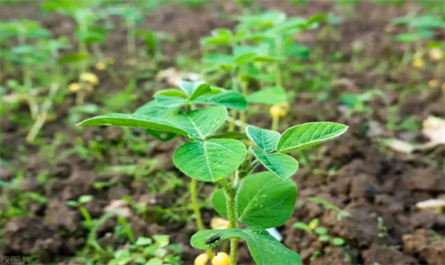Main Types of Plant Growth Retardants

Main Types
Chlormequat Chloride (CCC)
Chlormequat Chloride is a quaternary ammonium compound that reduces plant height by inhibiting gibberellin synthesis, while promoting root development and enhancing stress resistance. For example, treatment with wheat can reduce plant height by up to 82% and increase stem diameter by 15%.
Paclobutrazol (PP333)
Paclobutrazol retards growth by inhibiting gibberellin precursor synthesis and is widely used in crops and ornamental plants. For example, treatment with Oriental lilies can reduce plant height by 36%, while improving flower color and extending flowering.
Uniconazole
Uniconazole is 6-10 times more active than paclobutrazol, with only one-fourth the residual content of paclobutrazol. It is suitable for crops such as rice and wheat. Excessive use may cause leaf deformities or flower drop.
Prohexadione calcium
Prohexadione calcium is a new retardant that only inhibits GA1 (the component that promotes stem elongation) without affecting GA4 (the component that promotes flower bud differentiation). It is low-residue and environmentally friendly.
Mepiquat chloride
It is primarily used in crops such as cotton to inhibit excessive stem and leaf growth and control plant shape.



